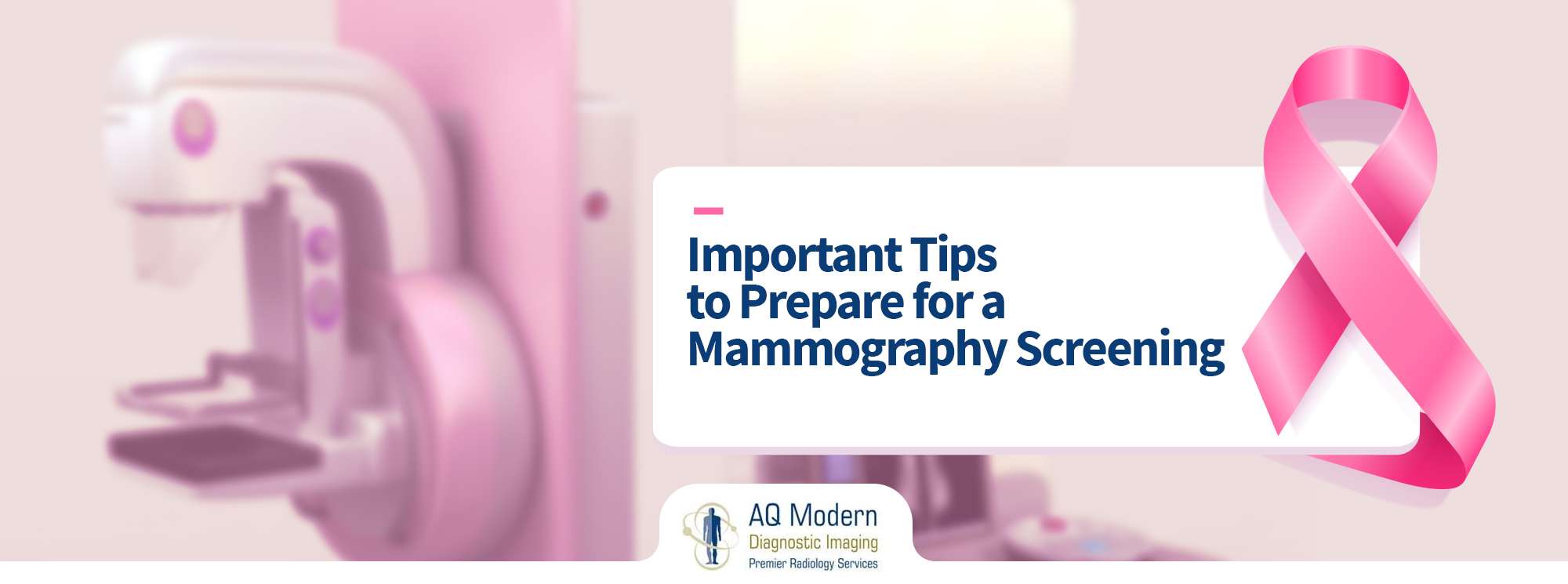Mammography Screening
Mammography screening is an ultrasound imaging technique specifically designed to monitor the health of human breasts. With breast cancer becoming the most commonly found form of cancer among women, mammograms have become crucial medical technology.
They help in the early detection and diagnosis of breast cancer among women who seemingly showcase no symptoms or abnormalities to hint at the impending danger. The primary objective of mammography is to detect cancer early before its clinical signs could be seen, for the treatment is easier and less painful in the beginning.
However, diagnostic mammography is often used to thoroughly investigate unusual breast changes such as skin dimpling, lumps, breast pain, nipple thickening or discharge, abnormal skin appearance, etc.
In case you have come across any of such symptoms lately, or you feel like undergoing a digital mammography screening to make sure you’re safe, it’s always a good idea to choose from the legit mammography services available.
Now that you’ve picked the right services and seem informed about mammography screening, it’s time that you catch up with some super mammography screening guidelines. Undergoing mammography could be stressful, but knowing the exact process and being fully prepared can reduce a lot of stress. We’ve put together essential tips for a digital mammography screening in this blog to help you through.
Essential Tips & Tactics for Mammography Screening
Catch up with these tips and tactics and went on to your digital mammography screening without stress and anxiety!
- Find an ACR Certified Mammography Service Center –
First things first, you should check all the options for the ACR certified mammography service centers and pick the one seeming most legit and convenient for you. ACR certification undermines that the particular mammography center maintains quality standards and is most likely to provide you with the best radiology care. For mammography screening to ensure your breast health, you must depend on a trustworthy center for breast imaging care and services. - Don’t Use Spray or Creams on The Mammography Day –
Since deodorant sprays and creams are likely to possess a portion of aluminum particles, which could create false alarms during your mammography screening and lead to unnecessary additional sessions, it’s always best to avoid using them have mammography scheduled. - Schedule Your Mammogram One Week Post Menopause –
Mammograms have quite a reputation for being uncomfortable, and for being very honest, they indeed are uncomfortable. Since X-rays are utilized for mammography screening, the breasts must be compressed inside two plates to ensure that a clear image gets captured.Thus, the best time to schedule your mammogram is when your breasts are least tender. And experts suggest that one-week post-menopause is a good time when your breasts aren’t much tender and perfect in terms of sensitivity to go through a mammogram. - Wear A Two-Piece Outfit & Ditch All the Jewelry –
Since you have to remove your top for an effective mammogram, it’s always a good practice to wear two-piece outfits to your mammography screening sessions. It can save you from the hassle of changing into hospital gowns and keep the rest of your body covered. The best you can do is to ditch all the jewelry on this day for better and clearer mammography results. - Consider Pain Medication with Your Physician’s Consultation –
Suppose you feel a lot uncomfortable about the mammogram and suspect it is excruciating. In that case, you have the freedom to consider pain medication before an hour or two from the screening. However, it’s always the best practice to consult your physician about the matter and take the medication they prescribe. - Eat A Regular Meal & Take Routine Medication –
Many people happen to believe that intaking regular meals or medication could impact their mammography screening. Well, that’s just a myth. Your meals and medicines have nothing to do with the screening. Thus, you can eat a regular meal and take regular medication on the day your mammography has been scheduled without any fear or second thoughts. - Bring Your Doctors’ Prescription for The Mammogram –
Though it’s recommended to go through annual mammography screening even without having any prominent symptoms, you always require a doctor’s prescription for the mammogram. Thus, it’s better to avoid any inconvenience and keep your doctor’s prescription along when going for a mammogram. - Complete Your Paperwork Beforehand to Avoid Waiting –
The thought of undergoing mammography already puts a lot of pressure on your mind, and waiting could worsen the situation. Therefore, it’s always the best practice to complete any of the required paperwork beforehand.In case it’s the first time you’re to go through a mammogram at this particular center, providing them with your previous mammogram results could be of great help. Also, if you’ve been recently exposed to some unusual breast conditions, you must align them in front of your radiologists for effective screening. - Brief Your Physical Limitations to The Radiologist –
Since mammography is known for putting patients into an uncomfortable state, you shall always brief your physical limitations to the radiologist. A mammogram requires you to be in a standing position for quality images, but the machine could also be adjusted in a seated position when needed.You have to speak up and voice your concerns. Also, if you happen to feel an irresistible pain while the plates are compressing your breasts, you can always tell the radiologists and ask them to slow down.To put it short and condensed, digital mammography screening often seems to be a stressful and anxiety-inducing process. Many people even happen to avoid screening in fear of pain and discomfort associated with the process. Thence, the above-mentioned mammography screening guidelines could immensely help you understand the entire process and minimize your stress and anxiety to the best possible levels. Either you have suspected or not, it’s crucial that you underwent mammography once every year to ensure your breast health is on point and detect any symptom if present before it becomes severe.

